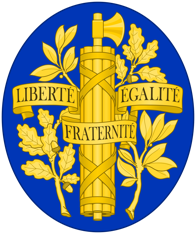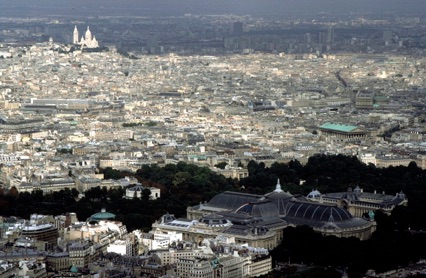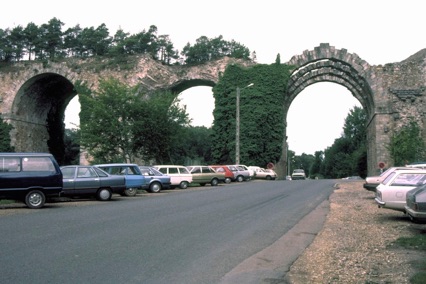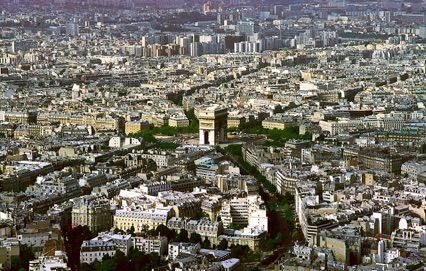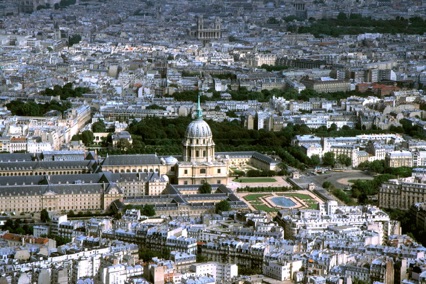Europe 1987

Kyrgyzstan and Tajikistan 2018

The weather was damp this morning, but not too wet to pack the boot well in preparation for returning the car. We drove through a few small villages on our way to Paris this morning, with several having old houses, churches and towers (yes, I know, it’s a vague comment, but we didn’t record all their names).
We did make two stops on our way. The first stop was in Gallardon, a very pretty Medieval village about 20 kilometres north-east of Chartres with streets that were exceedingly narrow even by the standards of the other villages we had seen. We parked near the town centre to take in the atmosphere of the village, especially enjoying several half-timbered houses, the grandest of which was La Maison du Bois at 5 Rue Porte Mouton. Right in the centre of the town, the Church of St Peter and St Paul looked interesting, although when we explored it more fully, we found its interior to be almost austere as its exterior.
Our final sight/site in Gallardon was the ruined tower known as L’Epaule (The Shoulder). The remains of the tower are all that is left of a 12th century fortified castle that used to stand there. Constructed of millstone stones, the tower was used as the “keep”, or lodge for the guards to use as a lookout over the castle’s surrounding area. Although the walls were 4.5 metres thick, the castle was destroyed at some stage during the Anglo-French Hundred Years War (1337 to 1453), and in the period following that destruction, many of the tower’s stones were “mined” by local people to use for other purposes, leaving only the “shoulder” standing today.
Our other notable stop was near the village of Maintenon, about 15 kilometres north-west of Gallardon. This stop was unplanned, but impossible to ignore while we were driving north along the D18 highway (Route de Gallardon) when we came across the remains of an old aqueduct crossed the road above us. I was quite excited when I first saw it, because it was so unexpected, and I thought it might date from Roman times. The reality was less spectacular, as I learned later that it was built between 1685 and 1695 (when construction was abandoned before its completion) to provide water from the River Eure to the fountains of the Château of Versailles.
We arrived at our Youth Hostel in southern Paris at about 1:00pm, and after checking in, we proceeded to unpack the car. We had a late lunch and then returned “our” car to Citroën with more than a little sadness at our separation. The white BX had been our home and a constant factor providing security for our children for the past eight weeks, so the sense of separation was quite real.
Having returned the car, we decided to take advantage of the fine, clear weather by going to the top of the Eiffel Tower – after all, we had learned our lesson well through travelling in Europe that you should use fine weather while ever it lasts on the basis that it may not be around for long. We had wonderful views of Paris, even better than we had expected. We could clearly see the layout of the streets of Paris, as well as many of the city’s most famous landmarks – the River Seine, the Arc de Triomphe and Place de l-Étoile, the Trocadéro and its associated gardens, the new developments in La Défense, Sacré Coeur Basilica, the Hôtel des Invalides (which accommodates Napoleon Bonaparte’s grave) and the Montparnasse Tower building.
On our descent we took the time to write some postcards at the Eiffel Tower Post Office, after which the children played in the parklands at the foot of the Eiffel Tower. We then took the Metro back to our Youth Hostel where we had a somewhat plastic-tasting dinner.

Day 54
Chartres to Paris
Friday 4 September 1987
